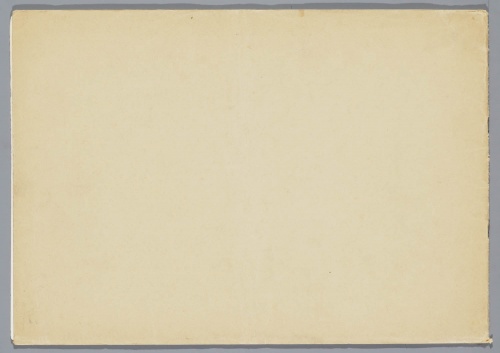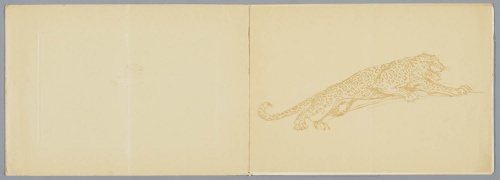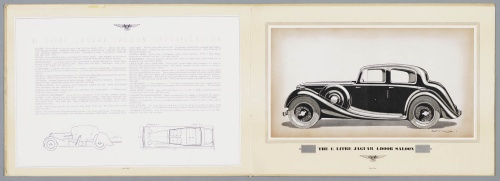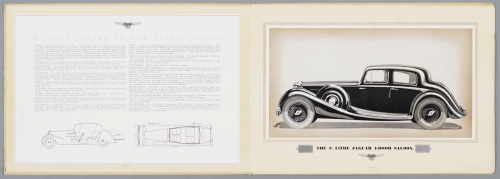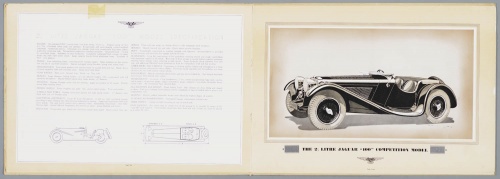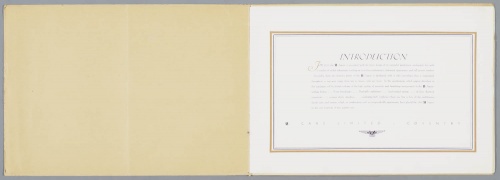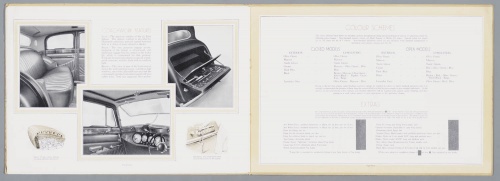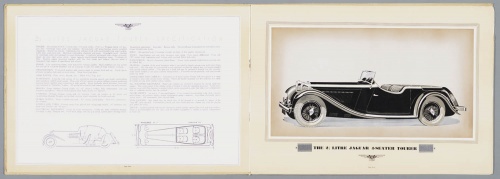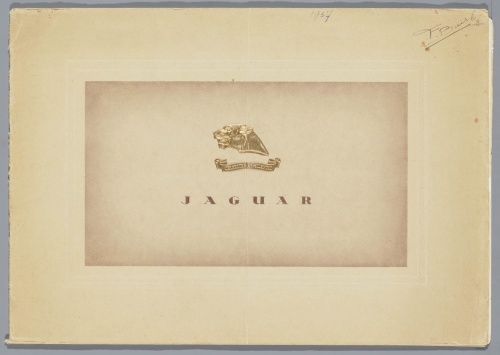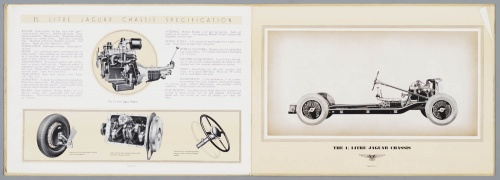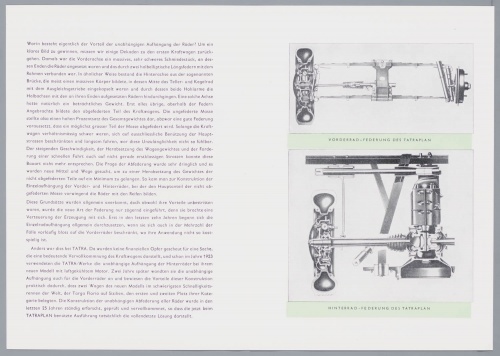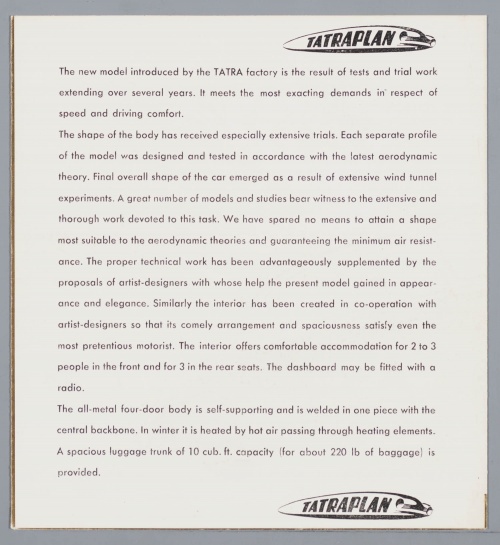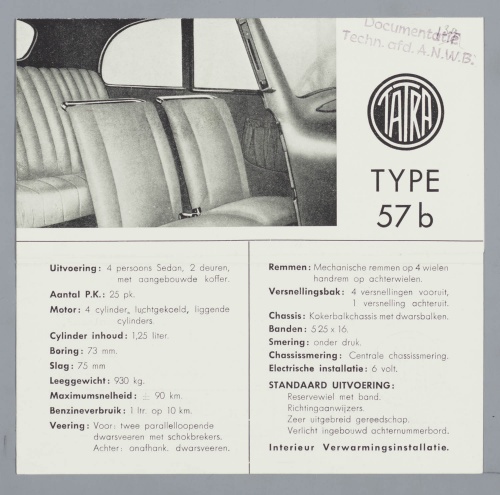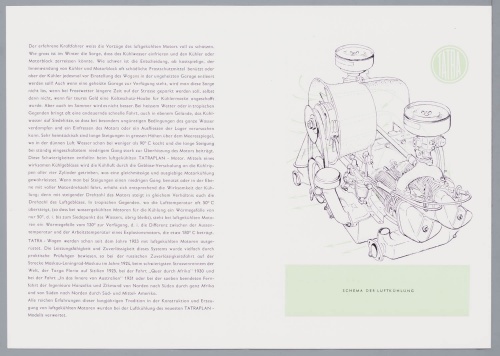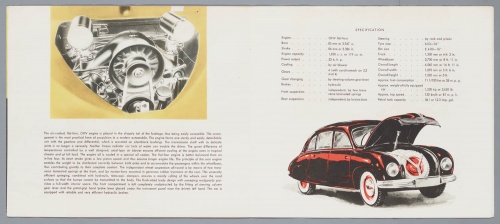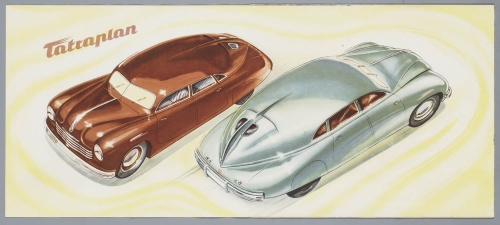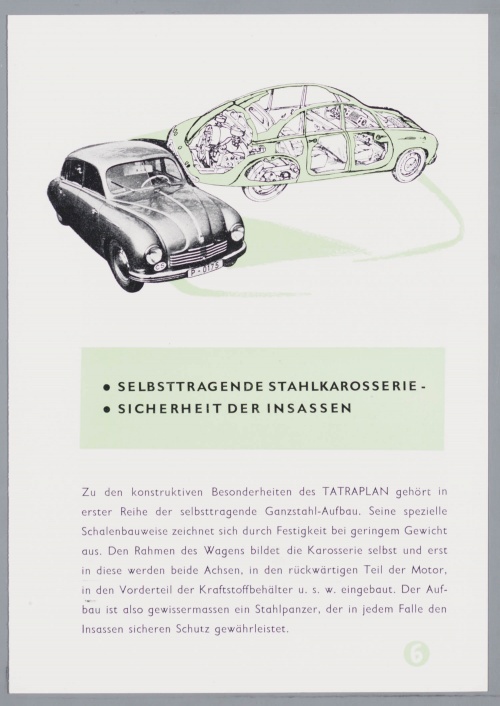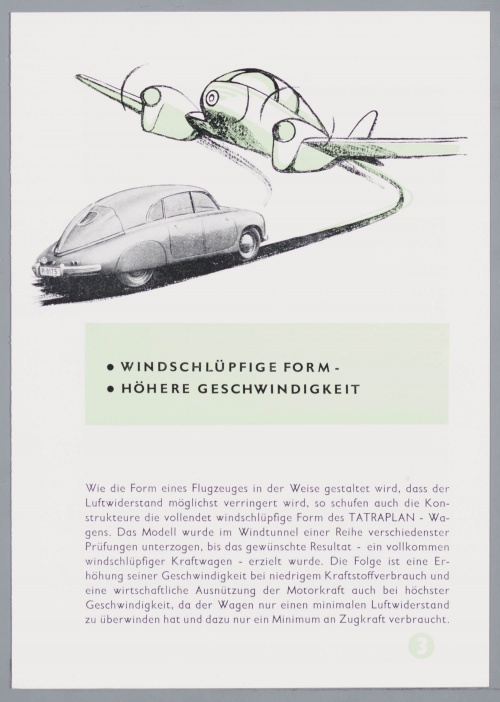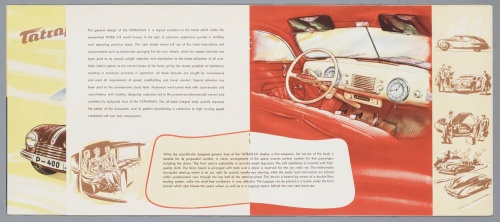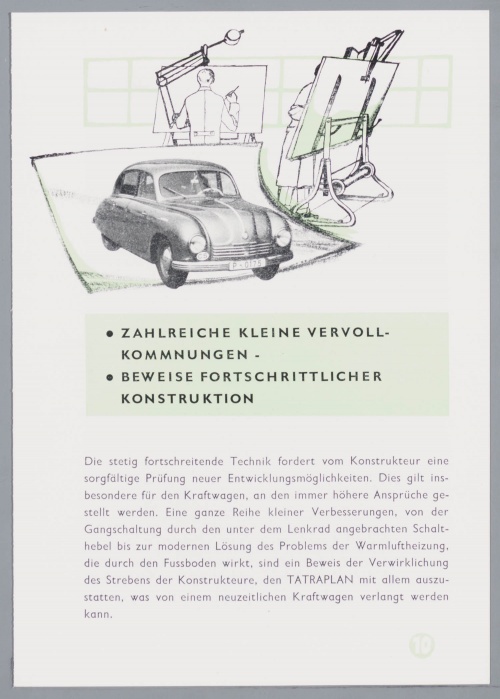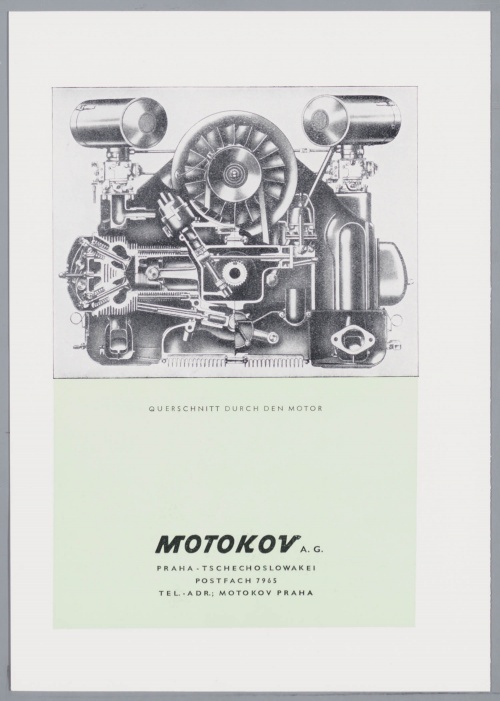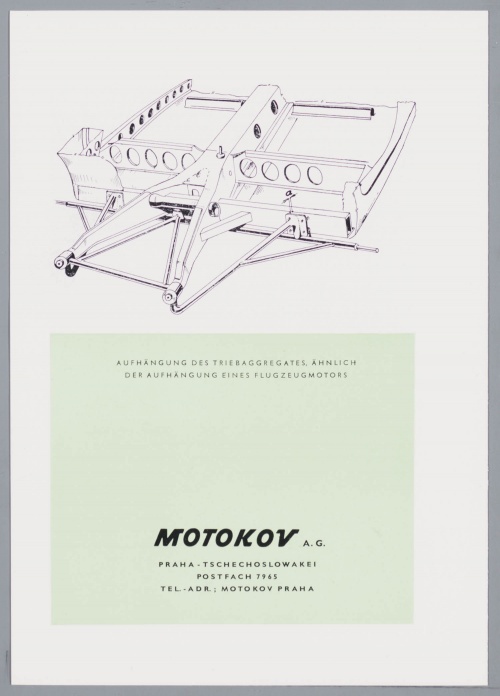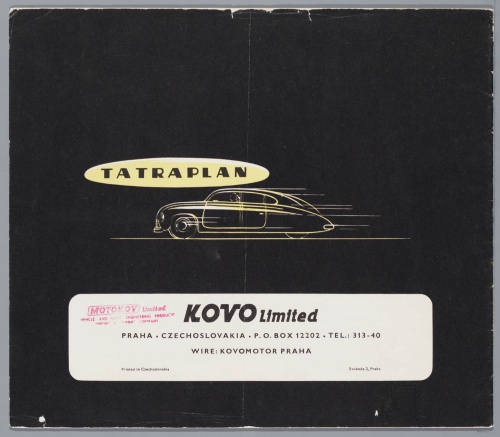Dutch Automotive History (part 59) Subaru, Suzuki, Tatra, Terraplane (87 photos)
SUBARU (Tokyo, Japan, 1958-)
Subaru is a brand of cars produced by the large Japanese engineering corporation Fuji Heavy Industries. Its history began in 1917, when Chikuhei Nakajima opened an experimental aviation laboratory in the city of Ota. In 1931, Nakajima Aircraft was founded on its basis, supplying engines and combat aircraft to the Japanese Air Force. In 1945, this company was reorganized and operated under the name Fuji Sagyo. It produced motor scooters, equipment for railways, bus bodies and internal combustion engines. In 1950, by order of the American occupation authorities, the company was divided into 12 independent enterprises. Five of them merged to form Fuji Heavy Industries in 1953 and concentrated on the production of scooters, automobile components and various types of engines.
In 1958, the first 4-wheeled passenger car, the Subaru 360, was released, equipped with a two-stroke 2-cylinder engine with a displacement of 356 cm3 and a power of 16 hp.
The model had a very compact body weighing about 400 kg and independent suspension on all wheels.
In 1966, mass production of the first Japanese front-wheel drive small car, the Subaru 1000, was mastered. The car had a fairly roomy 4-door sedan body with a length of 3930 mm and was equipped with a 4-cylinder engine of 977 cm3 with a power of 55 hp. Since 1969, production of the more comfortable Subaru 1400 model began.
In 1972, two new models appeared. To replace the "360" type microcar, a similar "Rex-550" (Rex) with a 2-cylinder 4-stroke engine with a displacement of 544 cm3 was prepared. We also mastered the production of an all-wheel drive passenger car with a 4-cylinder opposed 1.4-liter longitudinal engine. This car, which had a 5-door station wagon body, was created on the chassis of the front-wheel drive model "Leone 1400" (Leone) and was equipped with rear wheel drive activated from the driver's seat. In 1976, a more powerful model “1600” appeared with a similar engine of 1595 cm3. All-wheel drive modifications were produced in parallel with front-wheel drive ones, and were also supplied to Europe, where they were known as “Subaru 1400” and “1600”. However, they were not successful in the Old World due to their poor appearance and rather cramped bodies.
At the 1983 Tokyo Motor Show, small-sized models with all-wheel drive were shown: the Rex 4WD microcar and the Justy L 0 small class car with a one-liter 3-cylinder transverse engine. In 1986, the displacement of the Justi engine increased to 1190 cm3, and since 1987 this machine began to be equipped with the world's first automatic mechanical V-belt transmission with electronic control of the ECVT type. Since the mid-80s, the Leone and XT models received finally, all-wheel drive is always on.
SUZUKI (Hamamatsu, Japan, 1955-)
The predecessor of Suzuki Motor Corporation was a weaving loom company founded in 1920 and existing under its current name since 1954. Having mastered the production of the Suzuki passenger motorbike in 1952, the company gradually turned into one of the world's largest manufacturers of two-wheeled vehicles.
Automotive production began in 1955, when the production of the first 4-wheeled microcar “Suzulight-360” (Suzulight), equipped with a two-stroke 2-cylinder engine of 359 cm3 with a power of 15 hp, was shown and a few years later mastered. For a long time, Suzuki produced only microcars, not daring to produce more comfortable cars.
In 1967, a new generation of front-wheel drive models "Front-360" (Fronte) appeared. They also used 2-stroke 2-cylinder engines of 356 cm3, but almost twice as powerful as the 1955 model. At the end of the 70s, the original multi-purpose all-wheel drive microcar "Jimny" appeared with a 3-cylinder 4-stroke engine of 539 cm3 (SJ30 series) or 797 cm3 (SJ80 series).
In the early 80s the company expanded its production program. In 1981, an improved version of the Jimny SJ410 series appeared with a 4-cylinder 970 cm3 engine with a power of 45-52 hp, which was exported to many countries. In 1982, they mastered the production of a new generation of microcars "Front/Alto/Servo" (Alto/Cervo) with 2-, 3- and 5-door bodies, 3-cylinder engines of 543 cm3 with a power of 29-40 hp. (the latter is turbocharged). Alto models exported to Europe and other countries of the world were also equipped with 3-cylinder engines with a displacement increased to 796 cm3.
TATRA (Kopřivnice, Czech Republic/CSSR/Czech Republic, 1921- )
In 1853, the carriage workshop of Ignac Schustala opened in the town of Nesselsdorf in eastern Moravia, then part of Austria-Hungary. In 1895 it was transformed into "Nes
Nesselsdorfer Wagenbau Fabriks, abbreviated as NW. Here, in 1897, the first self-propelled carriage in Central Europe, the President, was assembled. This rather large 5-seater vehicle with a horizontal 2-cylinder rear-mounted engine with a displacement of 2714 cm3 with a power of 6.6 hp was modeled on the cars of the German company Benz.The future famous car designer Hans Ledwinka, born in 1878 in Klosterneuburg, near Vienna, took part in its creation.
Subsequently, the Nesselsdorf plant began producing various NW cars. In 1899, the Meteor was released, a modernized version of the President, followed by self-propelled crews of similar design, Nesselsdorf, Wien, Bergsteiger, and Ferzucher. (Versucher), "Auhof" and many others. In 1900, a two-seater racing car with a 4250 cm3 engine producing 12 hp was released, in which Baron von Liebig won the race near Nice. In 1901, 23-year-old Ledvinka became the chief designer of the automobile department. He set about updating the outdated range, initially presenting a passenger car of the "NW-B" type with the engine still located horizontally under the rear seats. A year later, the “C” model appeared with a 4-cylinder engine. In 1902-1905, Ledvinka worked at the Vienna Steam Engine Factory. Returning to Nesselsdorf in 1906, he developed the top-class car "NW-J" with a classic layout and a front-mounted 5878 cm3 engine. Gradually, the NW company switched to producing prestigious passenger cars, but their production volumes remained low. In 1910, Ledvinka developed the "NW-S" sports car with a 3.3-liter 4-cylinder engine with 30 hp, equipped with an overhead camshaft. In 1914, the NW-T executive car with a 45 hp engine was released. The last NW passenger car in 1915 was the “U” model with a 6-cylinder 65-horsepower engine of 5340 cm3. In 1916, Ledvinka moved to the Steyr company.
When Ledvinka returned to his homeland in 1921, Moravia became part of the Czech Republic; The town of Nesselsdorf became known as Kopřivnice, and the plant became known as Tatra. The first car, "Tatra-10" in 1921, was similar to the pre-war "NW-U". In 1923, Ledvinka developed one of his most famous cars, the Tatra-11, with a 2-cylinder air-cooled engine and a spinal tubular frame. In 1926 it was replaced by the more advanced Tatra-12. In the same year, a 4-cylinder opposed air-cooled engine with a displacement of 1679 cm3 was installed on the Tatra-30, which was similar in design, which was also used on the original 6-wheeled Tatra-26/30. The range of executive cars was opened in 1926 by the Tatra-31 with an in-line 6-cylinder 2.3-liter water-cooled engine.
At the beginning of the 30s, the Tatra-57 appeared with a tubular frame and a 4-cylinder engine of 1155 cm3, which had good demand. On its basis, the T-75 model was created with an engine with a displacement increased to 1690 cm3. The range of high-class cars was continued by the T-70 with a 6-cylinder water-cooled engine of 3868 cm3 and the luxurious Tatra-80 with a 6-liter V12 engine of 100 hp. In 1931, a light car with a coupe body, equipped with a 2-cylinder rear-mounted engine, went on sale. Two years later it was followed by the V-570 model with an aerodynamic sedan body. This car is considered the ancestor of rear-engine passenger cars with aerodynamically perfect bodies, which brought Tatra world fame.
In 1934, Ledvinka presented his masterpiece - a rear-engine Tatra 77 passenger car with a tubular frame and a 3-liter V8 engine with two overhead camshafts and air cooling. A year later, the T-77A model appeared with an engine whose volume increased to 3395 cm3. In 1937, it was replaced by the Tatra-87 with a similar body, but with an engine from the T-77. Before the Second World War, a similar vehicle, the T-97, was produced with an overhead valve engine with a displacement of 1759 cm3. The program also included a model of the classic “T-52” layout with a 4-cylinder 1.9-liter front-mounted engine with side valves and air cooling. In 1938, the small-capacity Tatra-57V with a 1256 cm3 engine entered the market and was produced until 1949.
In the 1930s, Tatra became a major truck manufacturer. They were also produced during the Nazi occupation. After the war, Ledvinka was accused of collaborating with the German authorities, and the designer spent 6 years in prison.
In socialist Czechoslovakia, Tatra factories focused on the production of heavy trucks, well known in the former USSR. But the production of passenger cars did not stop, although it was reduced to a minimum. In 1947, a new rear-engine model "Tatra-107", better known as the "T-600 Tatraplane", appeared in the program.
(Tatraplan) with a 2-liter 4-cylinder engine. In 1949-1957, Tatra was engaged in the production of rear-engine sports and racing cars. With them, riders Wierzmierzowski, Sojka and Pavlicek repeatedly won high places in various races.
In 1956, small-scale production of the executive Tatra-603 began, which became a further development of rear-engine pre-war cars with air-cooled V8 engines. On the T-603, the engine with a displacement of 2545 cm3 developed a power of 100 hp. On the T-603-2 model, the volume was reduced to 2472 cm3, but the power increased to 125 hp. In the mid-70s, a comfortable rear-engine 6-seater Tatra-613 appeared with a unique appearance with an air-cooled V8 engine of 3495 cm3 and a power of 165 hp. with four overhead camshafts and two carburetors. Since 1980, it was produced in the long-wheelbase version "T-613S", and in 1984 an improved modification "T-613-3" appeared with an updated front end and an engine increased to 177 hp. power. In 1993, a fuel injection system was installed on the T-613-4 version, which made it possible to increase engine power to 200 hp and the maximum speed of the car to 230 km/h.
Tatra cars were put at the disposal of members of the government of the Czechoslovak Socialist Republic and the countries of Eastern Europe, and then the leaders of the Czech Republic moved to them. These were the only luxury cars in the world with a rear air-cooled engine.
This concept was not abandoned when creating the new executive car Tatra-700, which has been produced in small batches since 1996. However, the main products of the Tatra plant are still trucks, the main feature of which is the central spinal tubular frame.
TERRAPLANE (Detroit, USA, 1932-1938)
"Terraplane" is a brand of automobiles of the Hudson company. The first Terraplain-K Land Flying was equipped with a 6-cylinder 2.5-liter engine with side valves producing 70 hp. In 1933, the “KT” series appeared with an in-line 8-cylinder 4-liter engine producing 94 hp. The chassis was designed by the famous English designer Reid Railton, which is why the car was sometimes called the “American Railton.”
The car turned out to be quite advanced and, in the version with an open sports body, reached speeds of up to 137 km/h. In 1934, Terraplane switched to the production of the Big Six series with a 6-cylinder 3.5-liter Hudson engine and front independent suspension. The cars were offered in two versions: for American buyers with a 90 hp engine, for export - 80 hp. In 1936, they began producing the “61” and “62” series with aerodynamic bodies, hydraulic brakes, and 6-cylinder engines.
In 1938, in order to avoid creating brand competition within the same company, Hudson decided to liquidate Terraplain. In 1939, "terraplanes" were produced under the name "Hudson-112".
